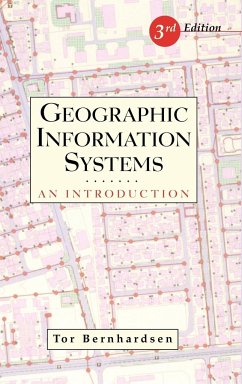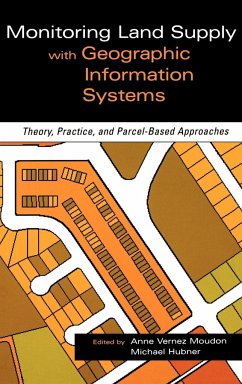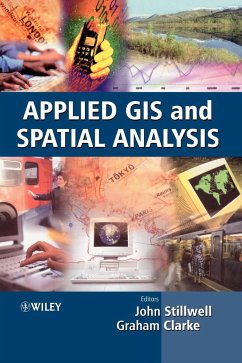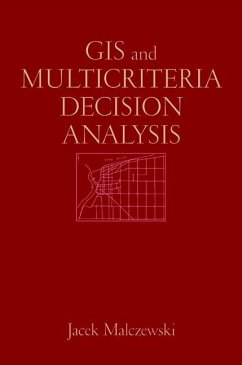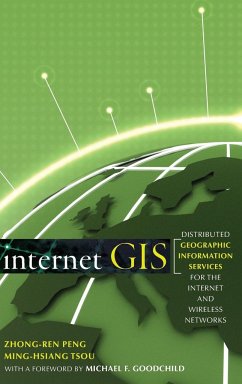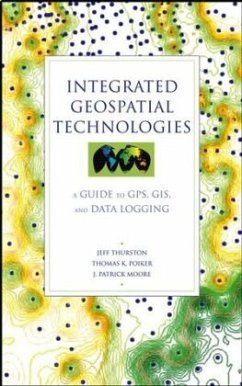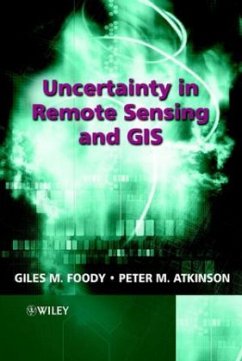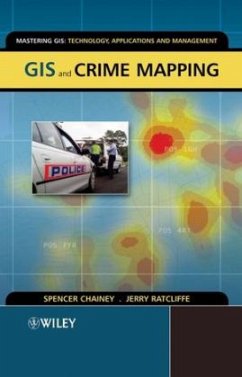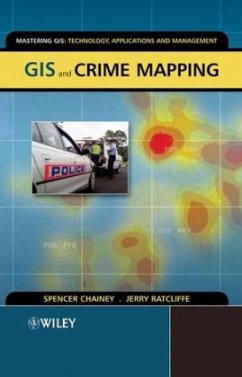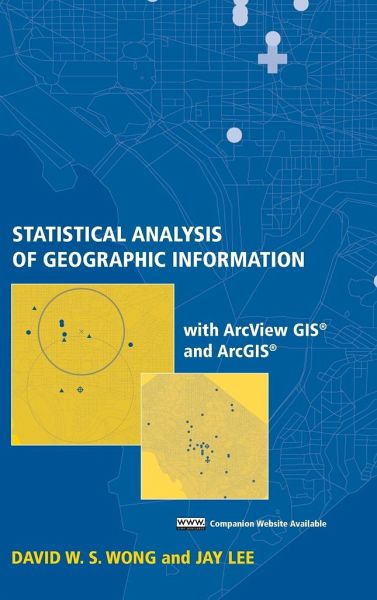
Statistical Analysis of Geographic Information with ArcView GIS and ArcGIS
Versandkostenfrei!
Versandfertig in über 4 Wochen
145,99 €
inkl. MwSt.

PAYBACK Punkte
73 °P sammeln!
Statistical Analysis and Modeling of Geographic Information with ArcView GIS is an update to Lee and Wong s Statistical Analysis with ArcView GIS, featuring expanded coverage of classical statistical methods, probability and statistical testing, new student exercises to facilitate classroom use, new exercises featuring interactive ArcView Avenue scripts, and a new overview of compatible spatial analytical functions in ArcGIS 9.0.





